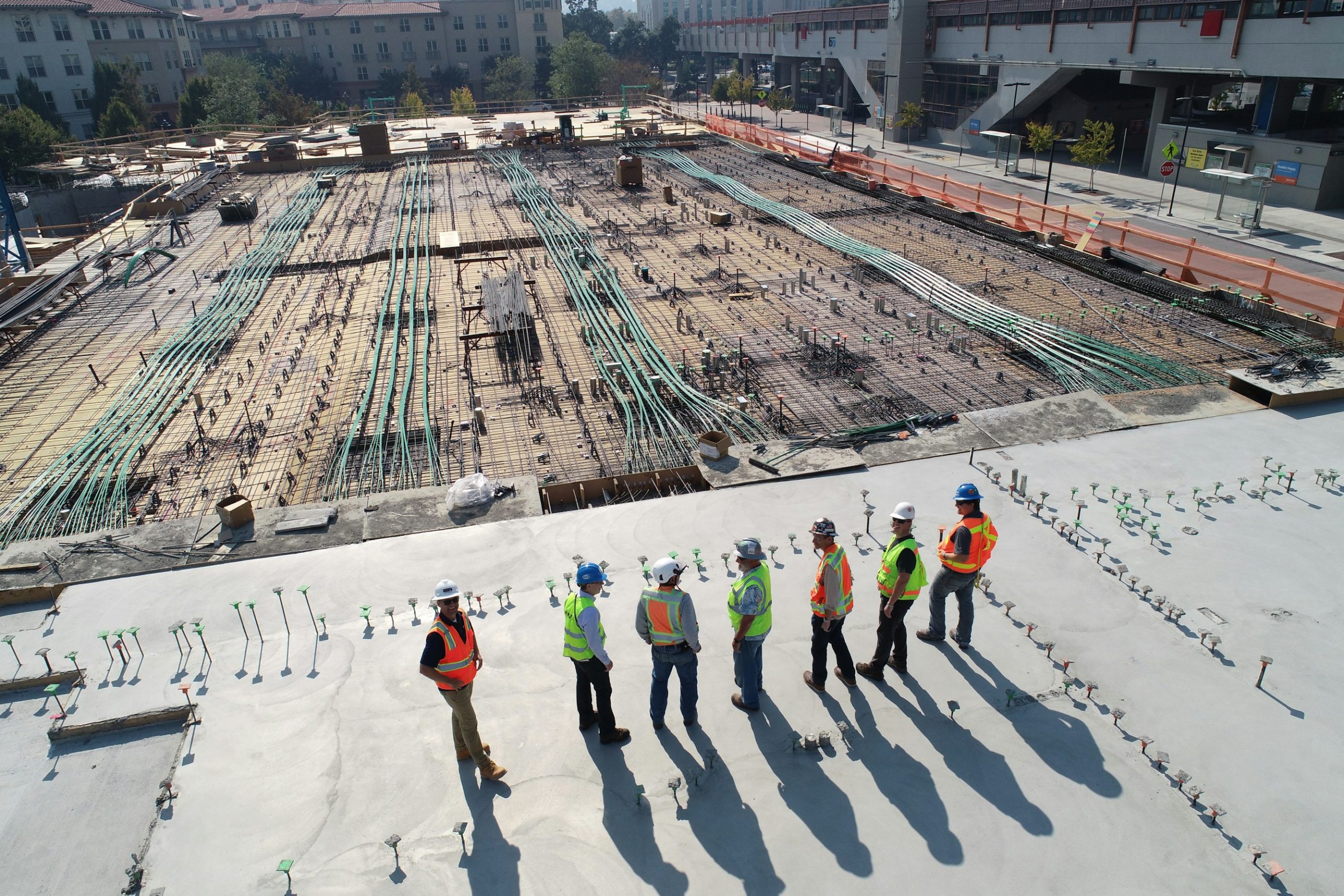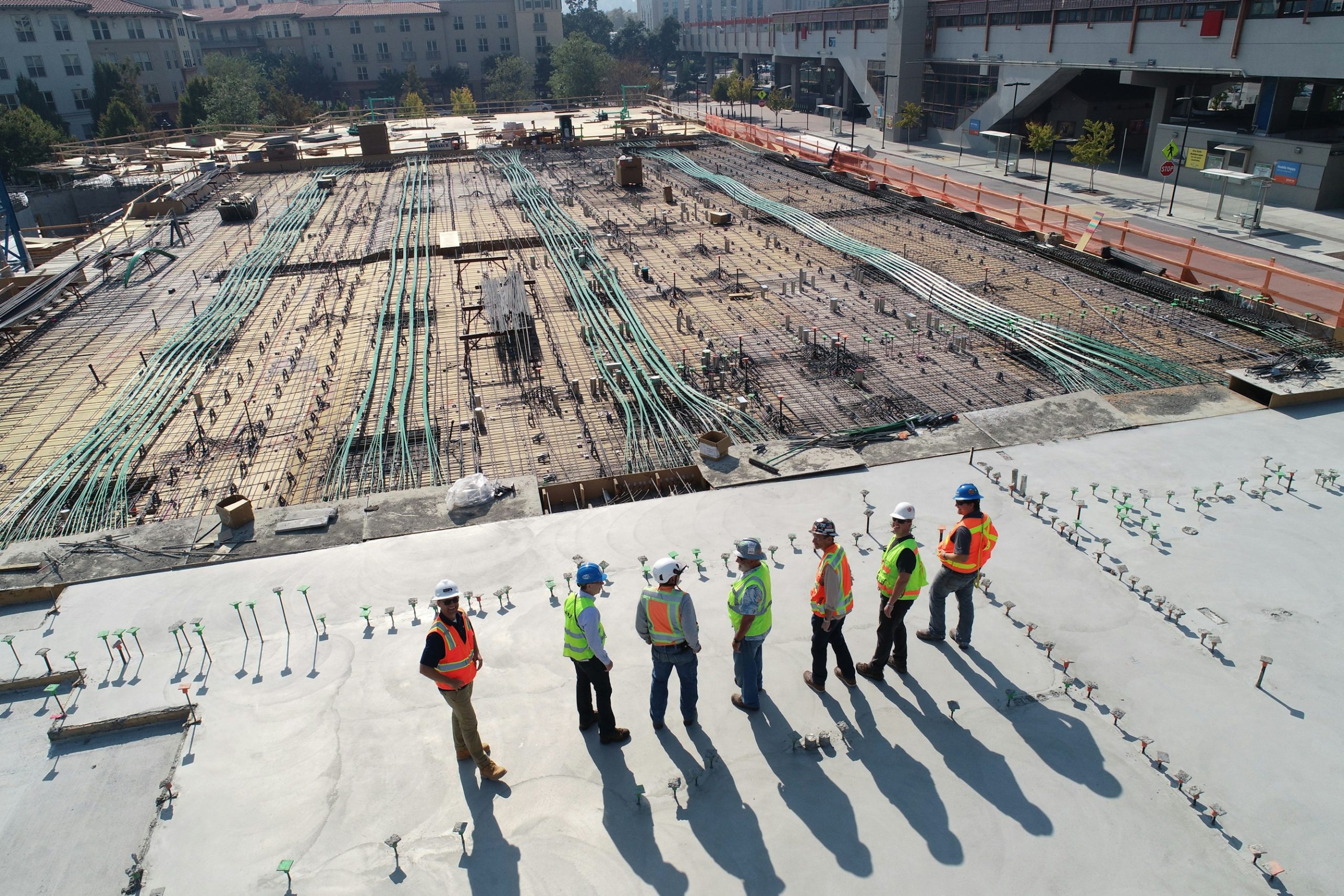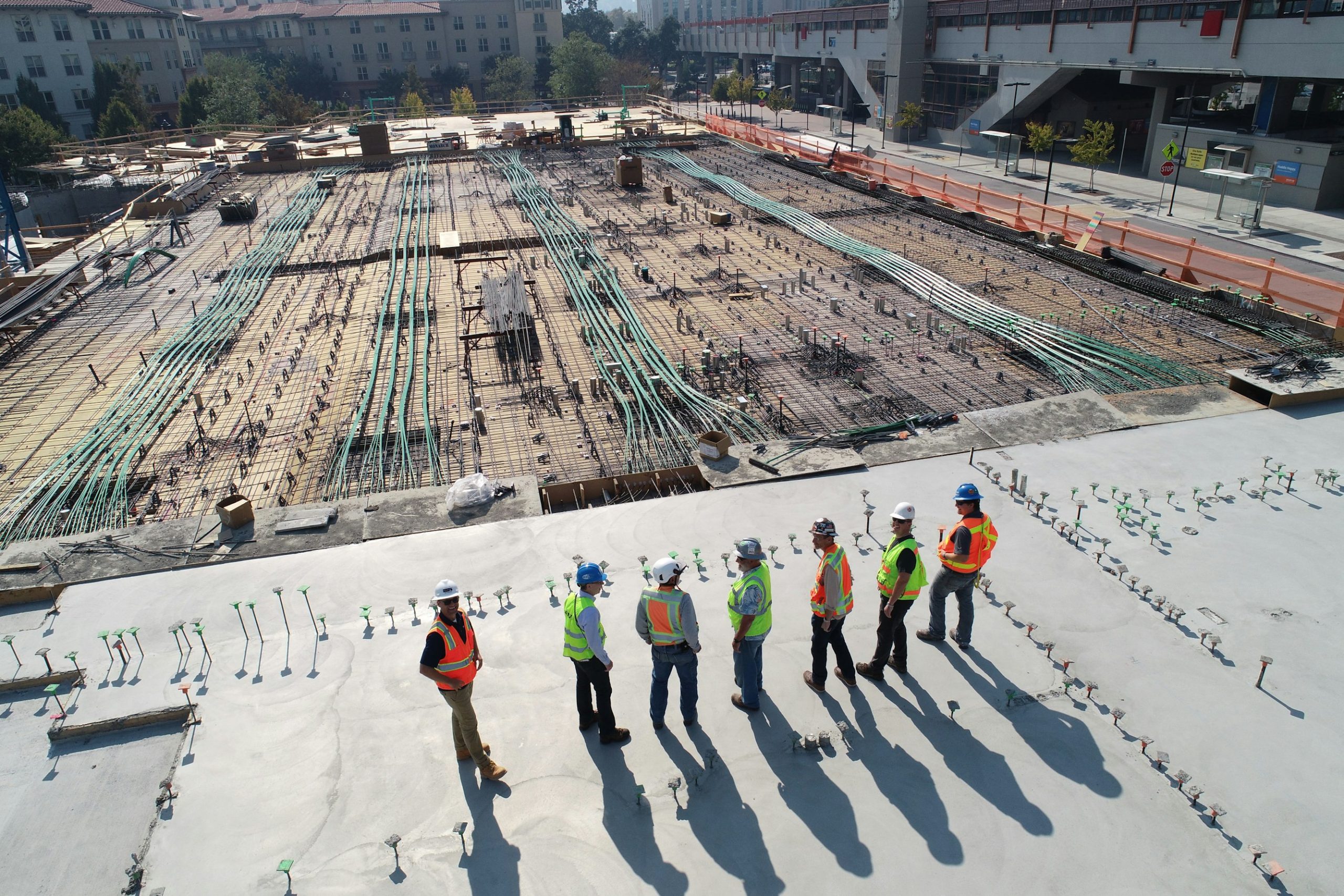AI-Driven Decision-Making: Are Construction Managers Ready?
The adoption of AI-driven decision-making is reshaping the future of construction project management software. Once dominated by intuition and historical reporting, the construction industry is making a broad shift toward real-time data analysis, digital twins, and machine learning, augmenting the capabilities of project managers and superintendents on the jobsite. As AI in construction continues disrupting traditional processes, the question facing the sector today is clear: Are construction managers truly prepared for this digital transformation?
The Rise of AI-Driven Construction Management
The construction landscape is rapidly digitizing. New technologies—predictive analytics, computer vision, IoT sensors, and digital twins—now inform the decision chain from project planning to final handover. According to recent estimates, up to 30% of construction tasks could be automated by 2025 through AI, improving productivity and reducing labor redundancy. The global AI construction market, set to surpass $22.68 billion by 2032, indicates that AI-powered solutions are not a distant future but an urgent imperative for competitive firms. Those who embrace construction tech innovation are already seeing reduced cost overruns by 10–15% and shorter project delays by up to 20%—outcomes achieved through enhanced real-time construction project data and smarter planning tools.
AI’s impact extends well beyond efficiency. With wearable devices and automated jobsite monitoring, safety incidents can drop by up to 30%, lowering risks for workers while improving compliance and project standing. This digital transformation is more than a technology trend; it’s a cultural change, demanding new mindsets and skills within construction leadership.
How AI Powers Smart Construction Decision-Making
Today’s AI-powered project management suites—like Zepth Core—incorporate a range of advanced applications supporting data-driven decision-making. AI now underpins a diverse set of construction workflows, each geared toward control, transparency, and rapid response:
- Predictive Analytics: Leverage vast data sets—past project metrics, live jobsite feeds, and external risks (weather, supply chain disruption)—to forecast issues before they materialize.
- Automated Scheduling: Integrate real-time inputs (labor, materials, site conditions) and let algorithms optimize sequences and resource utilization while minimizing human error.
- AI-Powered Jobsite Management Tools: Use computer vision, drones, and sensors to automate defect detection, progress capture, and safety monitoring, keeping managers informed from anywhere.
- AI Document Management Software: Automate submittals, RFIs, daily logs, and compliance checks—reducing manual overhead, errors, and compliance lapses.
- Cost Control and Forecasting: Analyze drawings, bid packages, and performance data using construction cost control software that identifies deviations long before they impact the bottom line.
- Digital Twins: Fuse live sensor data with 3D models, delivering a continuously updated simulation for scenario testing and real-time troubleshooting—essential for construction lifecycle management software.
- Resource and Asset Management: Use AI to allocate crews, equipment, and materials dynamically, responding instantly to bottlenecks or changing priorities.
- Safety and Quality Control: Deploy wearables, IoT systems, and analytics to flag jobsite hazards, track compliance, and trigger instant interventions.
Each capability serves a clear goal: reduce uncertainty and maximize predictability across all phases of the project, supporting better decisions and outcomes.
Benefits and Real-World Impact of AI in Construction
Firms investing in AI-driven construction management report tangible benefits across operational, financial, and safety domains. These platforms fundamentally change how managers oversee complex projects and distributed teams. Key improvements include:
Enhanced Operational Efficiency: Automated workflows and analytical insights let managers oversee multiple projects and sites with greater accuracy, slashing administrative time. Resource allocation, jobsite management, and project tracking are unified, reducing manual errors and freeing teams to focus on high-impact work.
Risk Mitigation in Construction: AI-driven risk registers and incident prediction tools enable teams to prevent costly issues—weather delays, equipment breakdowns, procurement gaps—before they escalate. Reduced rework translates to tighter schedules and improved profitability. Decision-makers rely on AI risk management in construction to stay agile and proactive.
Improved Safety Outcomes: Wearables, cameras, and analytics monitor safety violations and worker well-being 24/7. Instant alerts reduce incident response time, while patterns in site data drive continuous improvements. AI-based construction compliance software supports audit readiness and regulatory adherence.
Higher Build Quality and Client Satisfaction: Defect detection via computer vision, faster submittal workflows, and automated quality tracking eliminate snags before turnover. Clients benefit from consistent communications, transparent reporting, and better end-product reliability.
Cultivating a Data-Driven Culture: AI adoption fosters a professional environment where evidence-based decisions, continuous learning, and adaptability are part of daily practice. This shift separates leaders from laggards, especially in a market where digital fluency is fast becoming essential for survival.
Leading use cases highlight these transformations: scheduling megaprojects with digital twins, real-time safety monitoring of high-rise construction with AI cameras, automated cost forecasting for general contractors, and predictive maintenance for machinery fleets—all boosting performance and profits.
Readiness and Barriers: What Stands in the Way?
While the upside is significant, the transition to AI construction platform adoption is not without challenges. The readiness of construction managers and organizations varies due to:
- Legacy systems and Data Silos: Fragmented platforms and non-integrated data make seamless analytics and reporting difficult. Migrating legacy projects to a cloud-based construction management system such as Zepth removes these friction points.
- Workforce Resistance and Skills Gaps: Many roles require upskilling in AI, data interpretation, and digital collaboration. Effective transition demands targeted training programs, leadership buy-in, and ongoing support.
- Data Security and Compliance Concerns: As projects accumulate more sensitive data and digital touchpoints, managers must understand data privacy requirements and enforce cyber best practices.
Despite these barriers, industry best practices are emerging. Early engagement of project teams and leadership through AI readiness workshops builds trust and motivates adoption. Investing in fully integrated, cloud-based platforms not only synchronizes data but also accelerates digital transformation by offering a single source of truth. For sustainable change, organizations establish AI governance structures—from data stewardship policies to ethical guidelines—anchoring new methods in organizational process.
The Future: From Digital Twins to Unified Decision Hubs
Looking ahead, construction technology is set to further evolve. Next-generation innovations will amplify decision-making power through:
- Digital twins that enable “what-if” scenario simulation for every step in a project’s schedule and resource plan.
- Collaborative robotics on jobsites, adjusting work sequences dynamically in response to AI-flagged insights.
- IoT safety systems and wearables for 24/7 workforce monitoring and hazard detection.
- Unified dashboards consolidating analytics on project health, schedule, safety, finance, and compliance in real time.
- BIM and AI integration for fully coordinated design, planning, procurement, and execution—cloud-connected, always current, and accessible from anywhere.
These innovations make construction analytics and insights richer, projects more adaptive, and organizations better positioned to deliver quality outcomes safely and on budget. The rate of adoption may vary by firm size, regional digital infrastructure, or willingness to change, but the direction is unmistakable: Forward-looking construction managers must cultivate a readiness for continuous technology integration and learning.
How Zepth Delivers AI-Driven Decision-Making for Construction Management
Amidst this digital transformation, the Zepth Core platform stands out as a comprehensive AI construction management solution. By integrating predictive analytics, AI-driven automation, and unified data environments, Zepth empowers managers with the tools and insights critical for modern project delivery.
Key Zepth Core features for decision-makers include:
- Predictive Analytics for identifying risk hot spots, forecasting delays, and controlling costs before they impact outcomes.
- Automated Scheduling that accounts for live weather, labor, and equipment data, instantly updating plans in response to field changes.
- Integrated Document Management—from submittals and transmittals to RFIs and meeting minutes—in one common data environment for construction teams.
- AI-Powered Dashboards—customizable visual analytics to monitor progress, financials, quality, and safety on a single screen.
- Digital Twin Integration—create living 3D models of the construction site, overlaying real-time IoT sensor insights for advanced scenario planning.
- Resource and Labor Management—allocate and monitor assets with instant responsiveness to site updates or risks.
- Training and Onboarding Resources—empowering staff and managers to rapidly upskill in digital and AI tools.
- Cloud-Based System Design—ensuring seamless BIM, ERP, and IoT integration, with robust data security and access controls.
Major contractors and developers using Zepth have reported reduced cost overruns, fewer project delays, and higher client satisfaction through automation and unified analytics. Zepth’s commitment to ongoing training, responsive support, and continuous upgrades makes it an ideal partner for those navigating the evolving demands of AI adoption in construction.
Conclusion: Ready or Not, the Future is AI-Powered
As the construction industry accelerates toward AI-powered project management, readiness is shaped as much by mindset and leadership as it is by technology choice. The digital transformation underway promises not just greater efficiency and profitability but also a safer, more compliant, and quality-first industry. For construction managers, the call to prepare is clear. Those ready to embrace platforms like Zepth Core—fusing AI-driven construction management with real-time insights, predictive power, and seamless collaboration—are positioned to lead and outpace their competition in the years ahead. Now, the real question is not whether AI will define the next era of construction, but whether your team is ready to harness its full potential.




